However you spell it, liriope or lariope, is a very tough plant. It can survive and grow in many types of soil and various habitats. It’s used in flower beds as border plants and on hills to aid in erosion control.

- Image via Wikipedia…one tough plant!
A while back someone found their way to wildeherb while searching for the proper way to trim their liriope plants. Read on to see why I say, “Mow them down!”
Apparently, liriope is relished by deer. Well, perhaps relished isn’t quite the right word. I’ve been watching these lariope plants that we brought back from NC years ago. They seem to have adapted to our climate just fine. Each year these perennials come back stronger than the previous year. Liriope flowered in 2006 after having been transplanted two years prior.
Early this spring I was shocked to see the foliage was eaten down to the nubbins. Since the foliage went missing in early Spring, instead of during the growing season, I would think that liriope isn’t first on the relish list of deer. Perhaps it was a rabbit or another animal, but judging by the amount of vegetation that was eaten whoever it was certainly was hungry. I’m still curious about it because I’ve read that lirope is deer resistant.
It was a bummer to think that we might lose the lariope plants, but we needn’t fear about that. It turns out that the foliage came back with a vengeance, as they say. Today, the greenery looks full and lush, and we look forward to another round of deep purple flowers this summer.
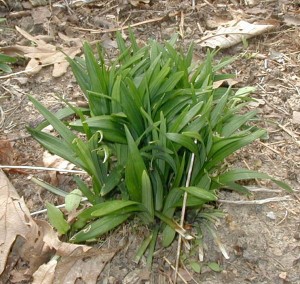
Even after the leaves from last year were eaten, lariope leaves grew out strong this spring.
If you have liriope or lariope plants in a garden or along a walkway, you can trim them back in early Spring simply by mowing them down. The vegetation will come back to provide for another year’s enjoyment.
Liriope muscari is native to Asia and it goes by several common names, like monkey grass, spider grass and lilyturf.

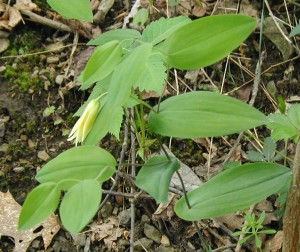
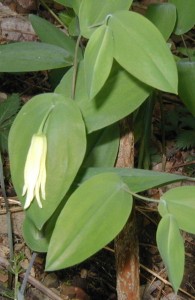
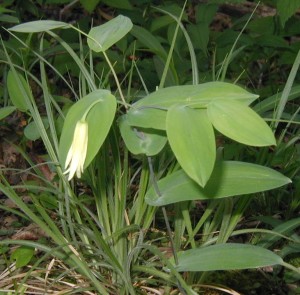
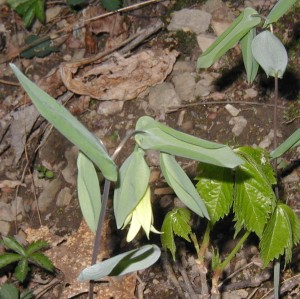
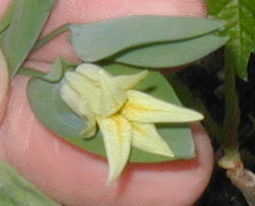
![Reblog this post [with Zemanta]](http://img.zemanta.com/reblog_e.png?x-id=6b046c79-67de-4eac-930d-f473b1e7d785)
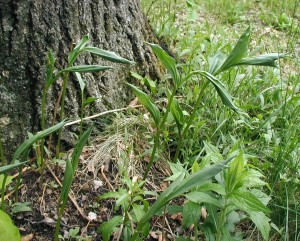
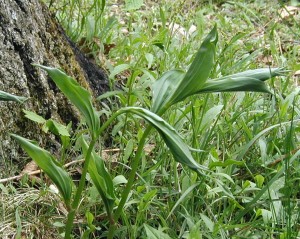
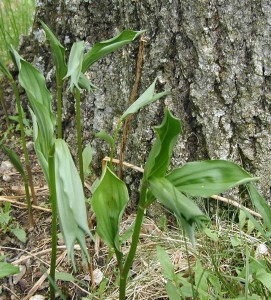
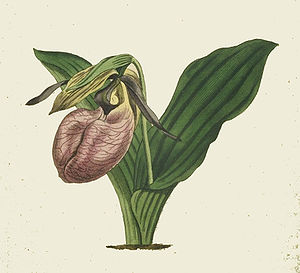

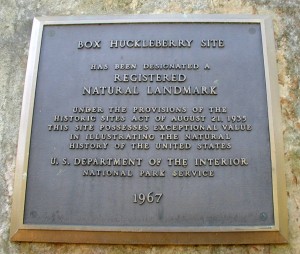
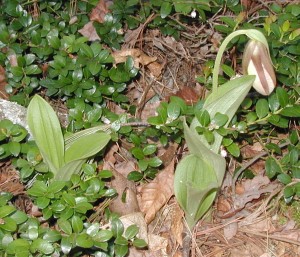
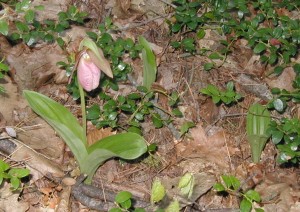
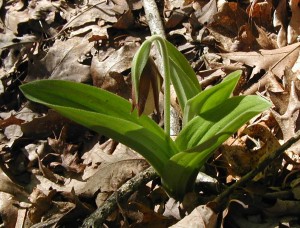

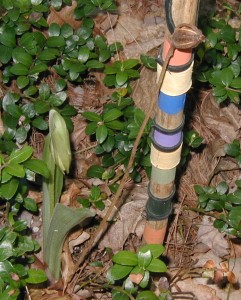
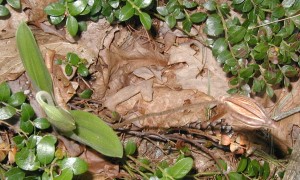
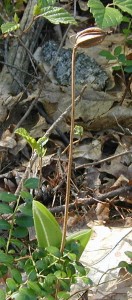
![Reblog this post [with Zemanta]](http://img.zemanta.com/reblog_e.png?x-id=073f006e-fb3a-4f49-906e-66c172d700a1)
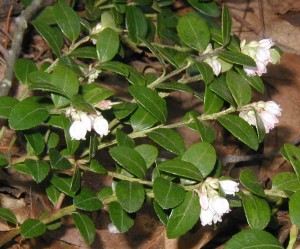

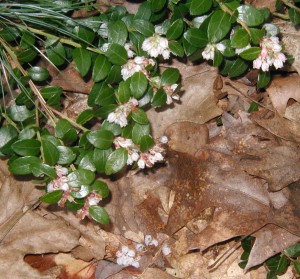
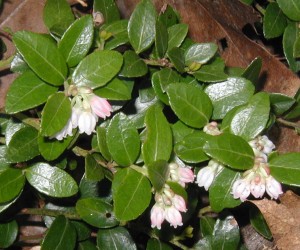
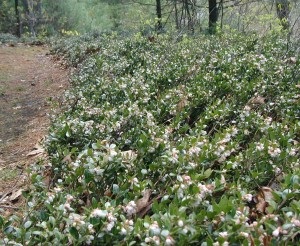
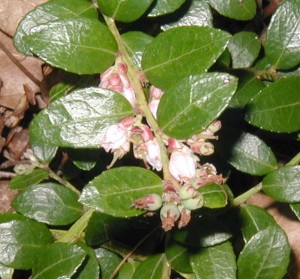
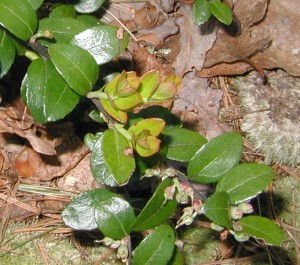
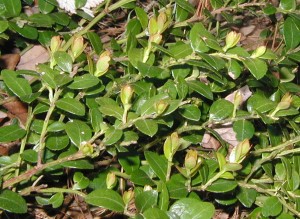
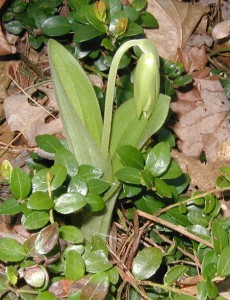
![Reblog this post [with Zemanta]](http://img.zemanta.com/reblog_e.png?x-id=6fdbde6a-c5c6-4869-84d4-574adac7cafd)
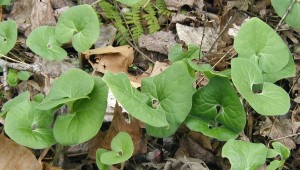
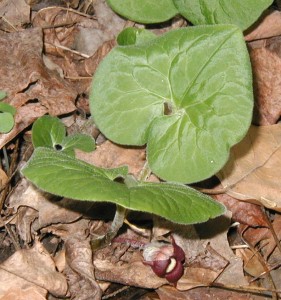
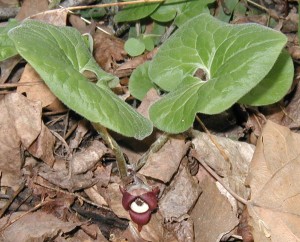
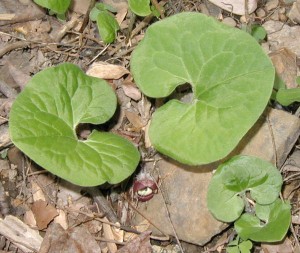
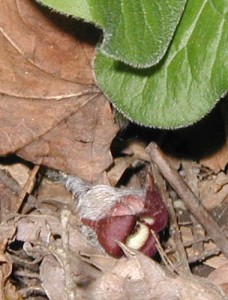
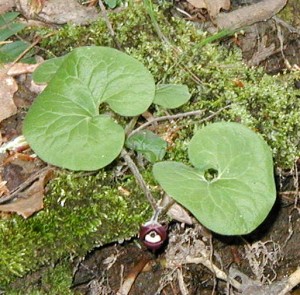
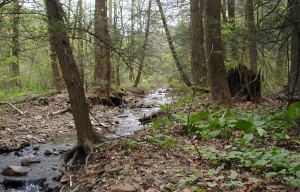
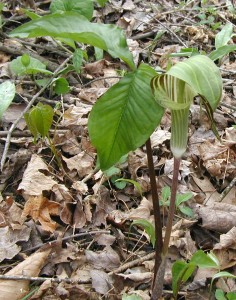
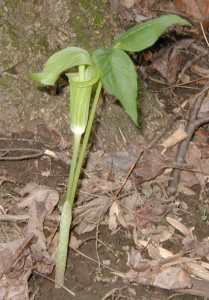
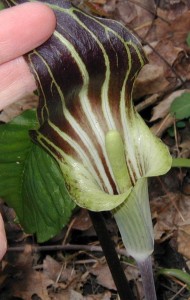
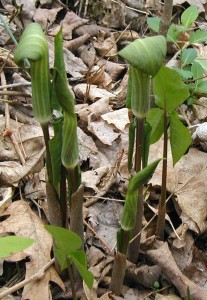
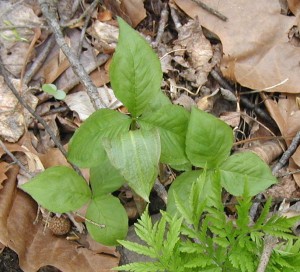
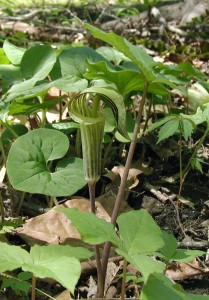
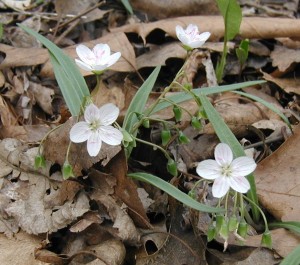

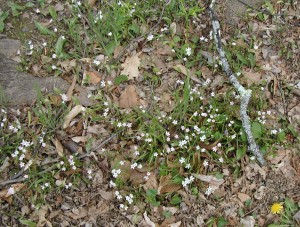
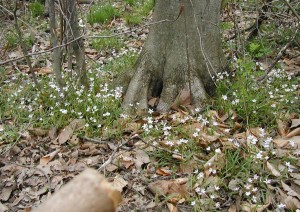
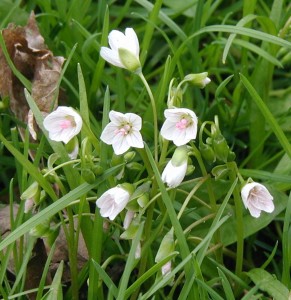
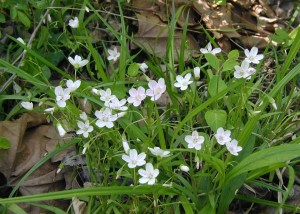
![Reblog this post [with Zemanta]](http://img.zemanta.com/reblog_e.png?x-id=1aba0d1b-c2a8-4bef-87b1-3a8ac954cbba)